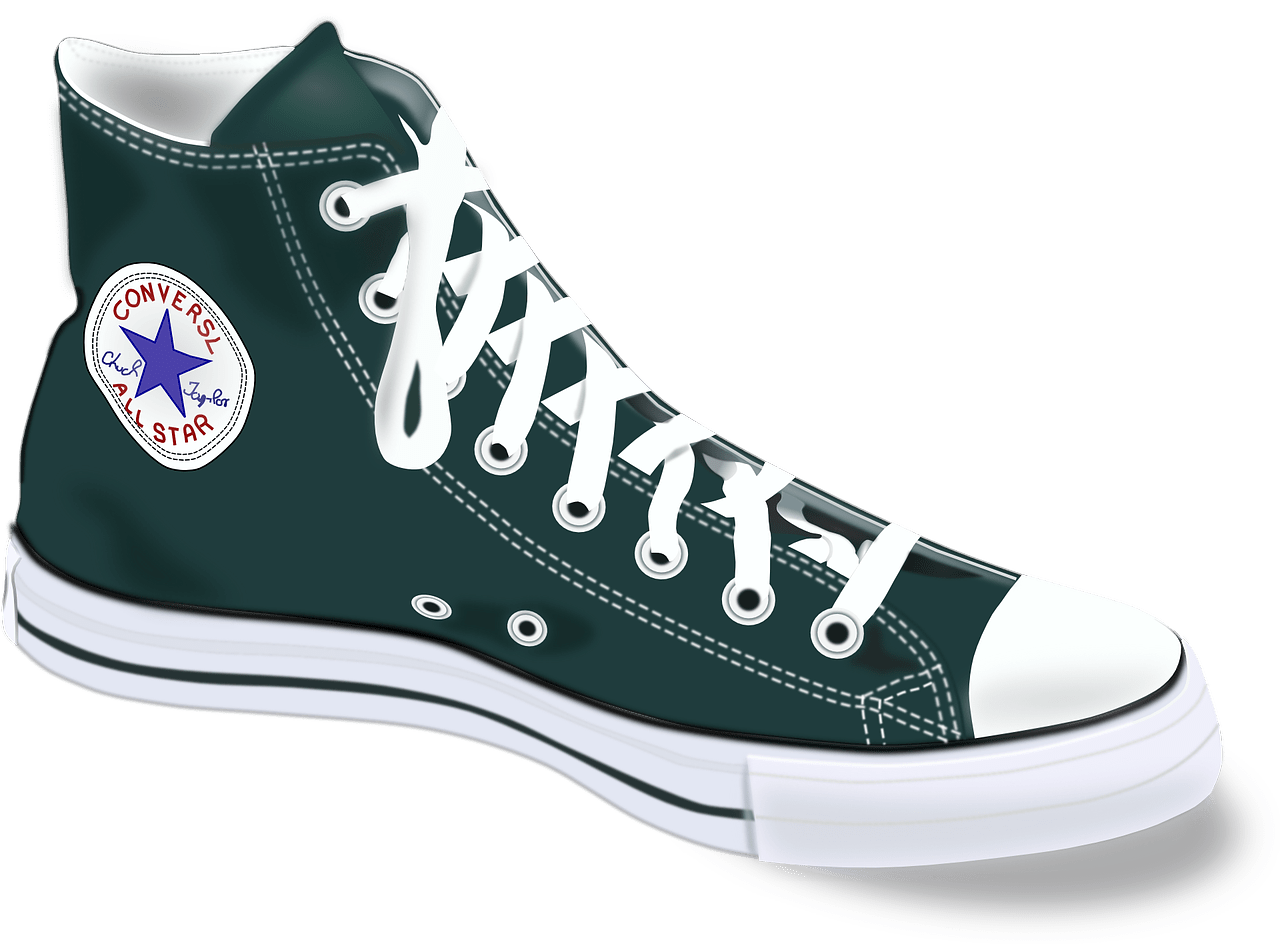Combat boots have become a popular footwear choice for both fashion enthusiasts and individuals seeking durable and versatile footwear. While combat boots are known for their rugged appearance and durability, many people wonder if they are comfortable to wear. In this article, we will explore the comfort factor of combat boots, providing insights and considerations to help you make an informed decision before donning a pair.
Understanding Combat Boots
Combat boots were originally designed for military personnel, providing durability and protection in rugged terrains.
Over time, they have gained popularity in fashion, becoming a staple in many wardrobes.
Combat boots are typically made of sturdy materials such as leather or synthetic materials, featuring a lace-up design and a thick sole for added support.
2. Factors Affecting Comfort
Several factors contribute to the overall comfort of combat boots. Understanding these factors can help you assess the comfort level of a particular pair:
- Materials: The choice of materials used in the construction of combat boots can greatly influence comfort. High-quality leather and advanced synthetic materials are often preferred for their flexibility and ability to conform to the foot’s shape.
- Design and Construction: The design and construction of combat boots play a crucial role in comfort. Factors such as cushioning, arch support, and ergonomic design can enhance the overall comfort and reduce fatigue during prolonged wear.
Proper Fit and Sizing
One of the most important aspects of comfort is ensuring that your combat boots fit properly. Consider the following tips for finding the right fit:
- Measure your feet: Use a measuring tape or visit a shoe store to determine your accurate foot size. Each brand may have slight variations in sizing, so it’s important to refer to the specific brand’s size chart.
- Try them on: When trying on combat boots, wear the socks you intend to wear with them and lace them up properly. Walk around and ensure that there is enough room in the toe box, and your heels don’t slip.
- Consider width options: Some brands offer different width options to accommodate various foot shapes. If you have wide or narrow feet, explore brands that provide width variations.
Break-In Period
Combat boots, especially those made of leather, may require a break-in period to achieve optimal comfort. During the break-in period, the boots will gradually mold to the shape of your feet, becoming more comfortable with each wear.
Here are some tips to make the break-in process more comfortable:
- Wear them gradually: Start by wearing your combat boots for short periods, gradually increasing the duration as your feet adjust to the boots.
- Use socks and inserts: Thick socks or cushioned inserts can provide additional padding and reduce friction, easing the break-in process.
Cushioning and Support
The level of cushioning and support in combat boots greatly affects their comfort. Look for boots with adequate padding in the insole and collar area to provide cushioning and reduce pressure points.
Additionally, boots with arch support can enhance comfort, especially for individuals with high arches or flat feet.
Breathability and Moisture Management
Proper breathability and moisture management are essential for comfort, particularly during prolonged wear or in hot climates.
Combat boots with breathable materials, such as mesh panels or moisture-wicking linings, can help regulate temperature and prevent excessive sweating, reducing discomfort and the risk of foot issues.
Flexibility and Range of Motion
Comfortable combat boots should allow for natural foot movement and sufficient flexibility. Look for boots that provide adequate ankle support without restricting your range of motion.
Flexible outsoles and well-designed midsoles can contribute to a comfortable walking experience.
Maintenance and Care
Proper maintenance and care can also impact the comfort of your combat boots. Regular cleaning, conditioning, and checking for any signs of wear or damage can help ensure that your boots remain in optimal condition, providing continued comfort and support.
Conclusion
Combat boots can indeed be comfortable, provided you choose the right pair and take the necessary steps to ensure a proper fit and maintenance.
Consider factors such as materials, design, fit, cushioning, breathability, and flexibility when selecting combat boots.
With the right choice and proper care, combat boots can offer both style and comfort for various activities and occasions.
Frequently Asked Questions (FAQs)
Are combat boots suitable for everyday wear?
Yes, combat boots can be worn as everyday footwear, offering a blend of style and durability. However, it’s important to choose a comfortable pair and consider the specific needs of your activities and environment.
Can I wear combat boots for long walks or hikes?
Combat boots are designed to provide support and durability, making them suitable for long walks or hikes. However, ensure that they have adequate cushioning, arch support, and a good grip for the specific terrain you’ll be traversing.
Do combat boots require special maintenance?
Combat boots, like any other footwear, benefit from regular maintenance. Clean them regularly, apply appropriate conditioners, and check for any signs of wear or damage. Following the manufacturer’s guidelines will help prolong their lifespan and maintain their comfort.
Can I wear combat boots without socks?
While wearing socks with combat boots is recommended for comfort, hygiene, and moisture management, it ultimately depends on personal preference. However, wearing socks can help reduce friction, prevent blisters, and provide additional cushioning.
How long does it take to break in combat boots?
The break-in period for combat boots varies depending on the individual and the boots themselves. It can take anywhere from a few days to a few weeks of regular wear for the boots to conform to your feet and become more comfortable.






